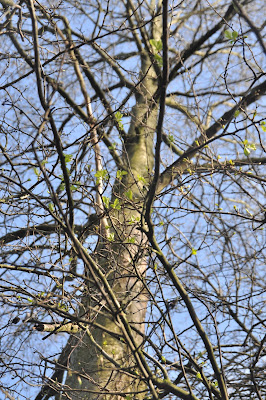Alnus glutinosa is also known as the common alder, the European alder or the black alder. The common alder is best suited to wet conditions. Most commonly found by rivers and lakes. Alder can also survive in marshes with its roots submerged in water, but can also grow in drier ground Alnus glutinosa prefers wetlands.
A fast growing medium sized native tree found all over Britain up to 25 meters in the right conditions, with a spreading habit.
Due to alder growing in damp soil there is often problems with erosion. The alder root system keeps the soil in place and reduces erosion.
Five petalled creamy white flowers grow in flat clusters of 6-12. These are followed by greenish berries, or haws which ripen to red by September, each haw contains a single seed.
Alder is nitrogen fixing, this is by when nodes on the roots fix nitrogen back into the soil, this increases the nutrients in the soil to improve soil quality , so alder can help improve soil in areas of poor soil quality.
Leaves are rounded but taper towards the leaf stalk, a pear
shaped looking leaf. The margin is toothed with 6-8 veins, with the leaves
staying on the tree until quite late in the year.
This Alder was found on the edge of a line of planting which faced a number of public football pitches, it was going next to a number of mature silver birches.
This Alder was found on the edge of a line of planting which faced a number of public football pitches, it was going next to a number of mature silver birches.





No comments:
Post a Comment